News: Owners Developers & Managers
Posted: July 3, 2014
Sustainable stormwater management: How it is implemented and what are the benefits?
Stormwater has traditionally been seen as a nuisance - something that needs be collected and moved out of sight as quickly as possible. When stormwater is seen as a resource that can be managed sustainably, everyone benefits. Sustainable stormwater management practices help a project achieve success across the triple bottom line measurements: financial, environmental, and social.
How is Sustainable Stormwater Management Implemented?
Sustainable stormwater management can be accomplished through a number of techniques including bioretention basins, bioswales/rain gardens, infiltration trenches, dry wells, vegetated filter strips, constructed stormwater wetlands, wet basins, green roofs, and underground infiltration and/or storage structures. These sustainable stormwater best management practices (BMPs), also referred to as low-impact development (LID), can be integrated with rainwater and greywater harvesting systems, where the water can be reused for various purposes.
A comprehensive approach to sustainably managing stormwater involves analyzing existing site conditions and identifying opportunities. Existing ground cover, topography, wetlands, and soils conditions need to be evaluated to identify potential opportunities for integrating stormwater BMPs to support sustainable development projects.
What are the Benefits?
Sustainable stormwater management strategies can benefit a project by saving money, improving the environment, and supporting social initiatives. One example can be seen in Nitsch Engineering's work on the Gallery Automotive dealership project. This project, which is currently being developed and built by AW Perry for Gallery Automotive, is located near exit 14 south off of Rte. 3, on the Hingham and Rockland town line. The project's drainage design incorporates a number of sustainable stormwater management strategies, including two bioretention basins, two large underground infiltration fields, and 1.5 acres of porous asphalt. These BMPs will allow for a significant amount of groundwater recharge, while not detracting from the project's program or available developable area. Both infiltration fields are located beneath parking areas and traveled areas. The porous asphalt areas on the site will be used for storing new vehicles, and will therefore not experience high pollutant loads. The project's bioretention basins will be used to improve water quality from the access driveway and the vehicle display area located near the front of the site. The bioretention basins incorporate plantings designed by Radner Design Associates to enhance the project's aesthetics.
The project is also incorporating sustainable stormwater strategies offsite. Sediment forebays, water quality swales, and a bioretention basin are under construction to collect, infiltrate, and treat stormwater generated by the Rte. 3 southbound right-of-way. Before, stormwater generated by Rte. 3 flowed into nearby wetlands which, in turn, flowed towards Accord Pond, a drinking water supply for the Town of Hingham. The proposed LID stormwater improvements provide significant infiltration and treatment of stormwater generated by Rte. 3, providing protection for the town of Hingham's water supply.
The sustainable stormwater BMPs that were incorporated into the project were embraced by both towns and resulted in expedited permitting. These infiltrative BMPs allowed for the project to achieve its programming needs while providing a level of environmental protection that exceeds the state stormwater management guidelines.
Developers intrigued by sustainable stormwater management should begin to think about how BMPs can function throughout their projects. When implemented as part of a comprehensive stormwater management plan, sustainable stormwater management BMPs can result in an enhanced level of environmental protection, increased development footprints, and expedited permitting.
Scott Turner, PE, AICP, LEED AP ND, director of planning, and Kate Cholakis, LEED green associate, green infrastructure designer at Nitsch Engineering, Boston, Mass.
MORE FROM Owners Developers & Managers
Mount Vernon Co. acquires John Carver Inn & Spa in Plymouth, MA
Plymouth, MA The Mount Vernon Company (MVC), a Boston-based real estate and hospitality investment firm, has completed the acquisition of the John Carver Inn & Spa, an 80-room property.
Columns and Thought Leadership

Selecting the right façade installation firm - by Steven Powell
As the owner of a major new property being developed, or an existing large building preparing for major renovation, you want your design and construction team to have the right experience, capabilities, and expertise to match the project demands. A critical member of this team will be the façade installation specialty firm, since the quality of this installation will impact

Recently passed legislation creates opportunities to meet CT’s changing energy needs - by Klein and Feinn
For decades, New England has had a summer-peaking power system, where the greatest energy use occurs on the hottest and most humid days, due to widespread use of air conditioning. But by the mid-2030s, electrification of the heating sector likely will result in a winter peak that’s higher than the summer peak.

IREM President’s Message: Fostering community connections during the holiday season
The holidays are again taking center stage, and with them comes an opportunity for multifamily communities to connect with the businesses and organizations in their cities and towns, fostering a sense of unity and generosity during this giving season

.png)
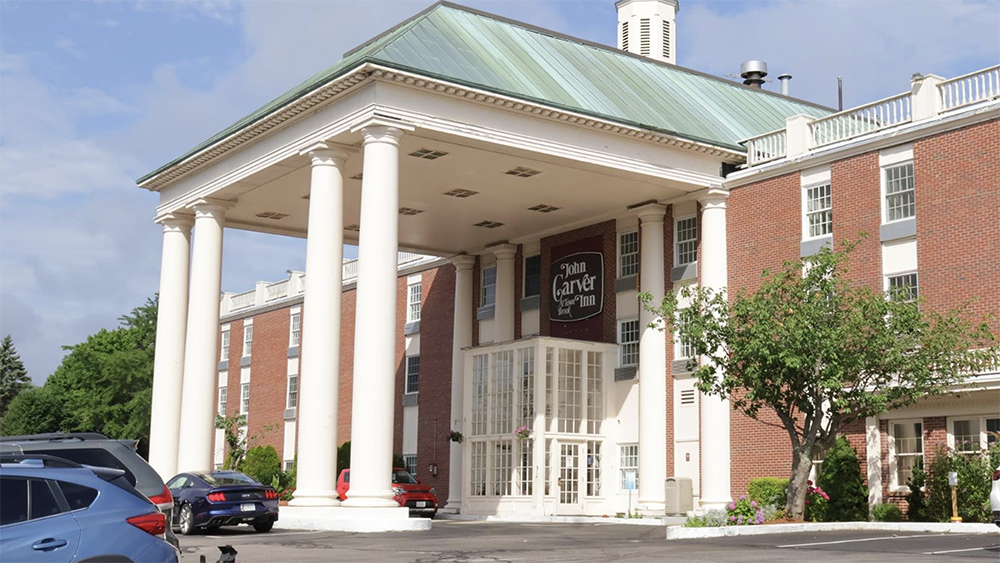
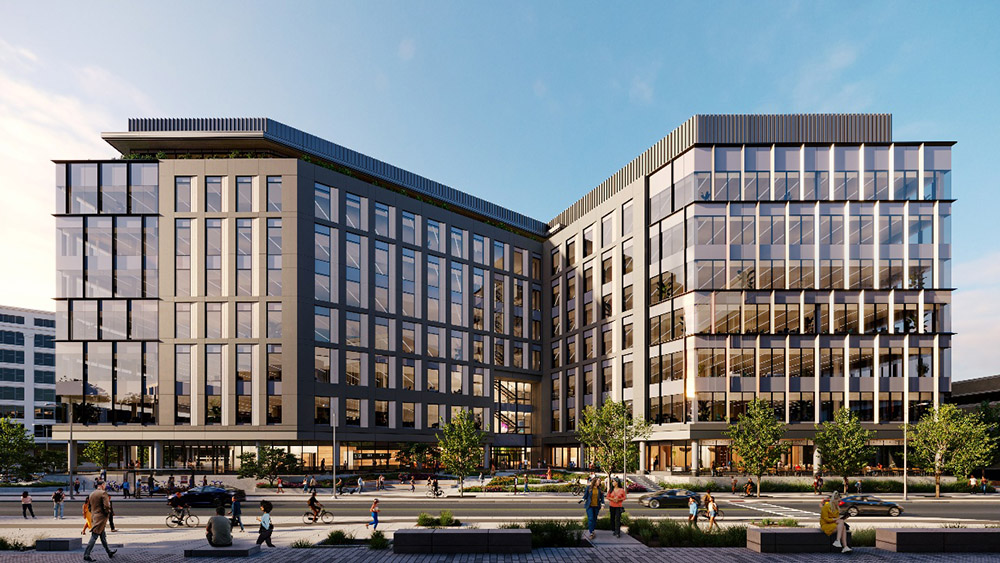
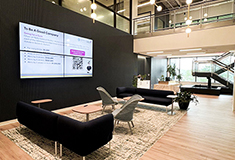
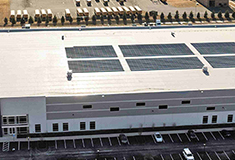
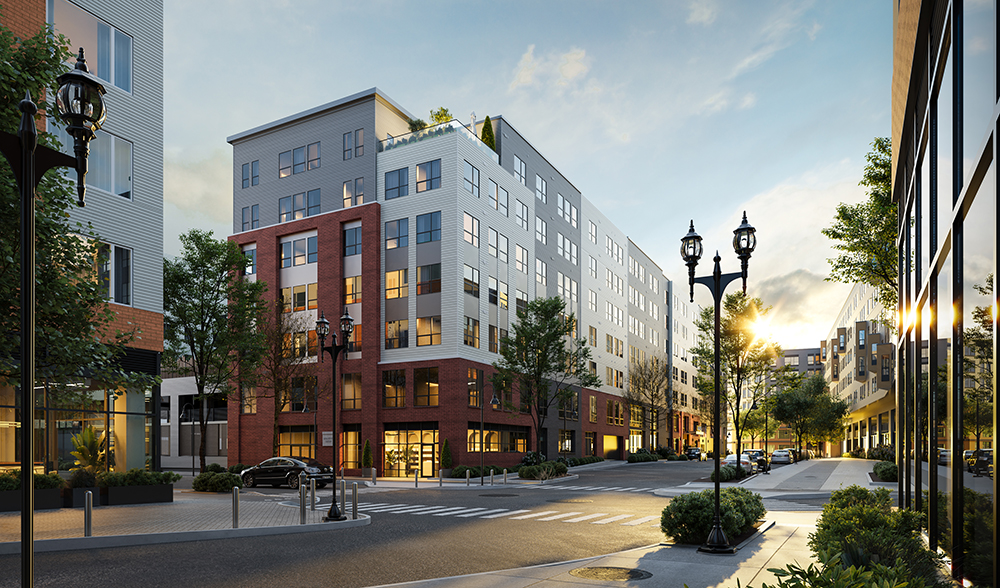
.png)

